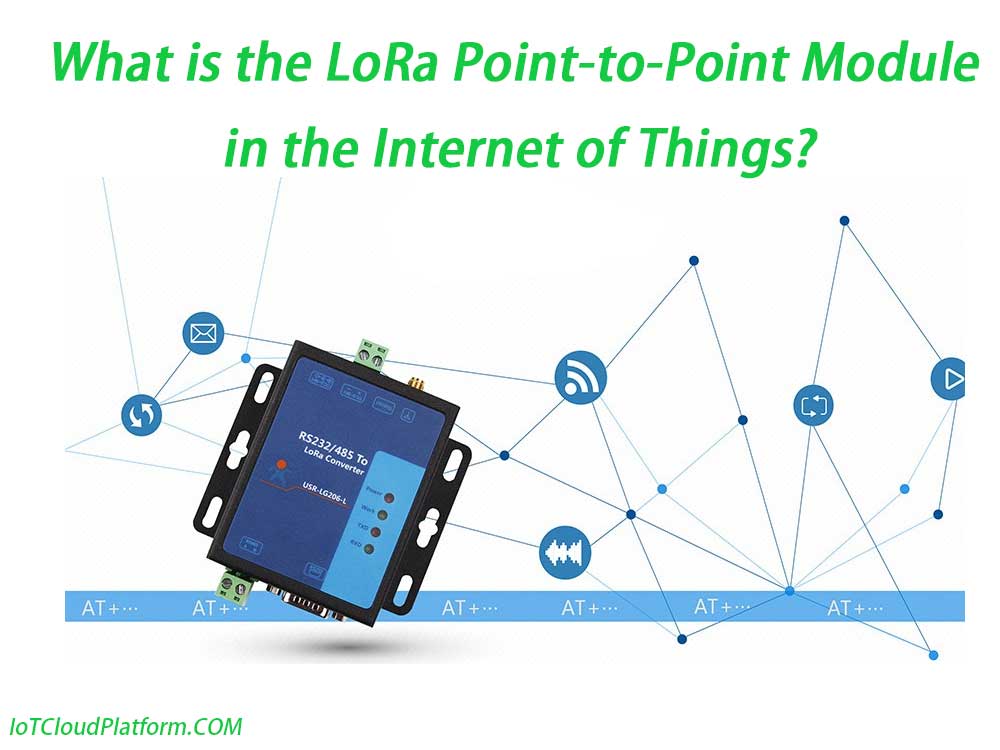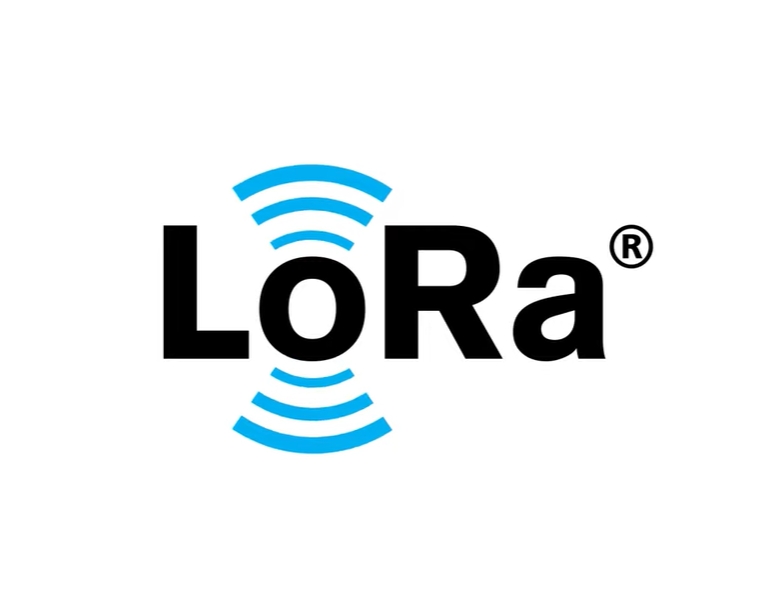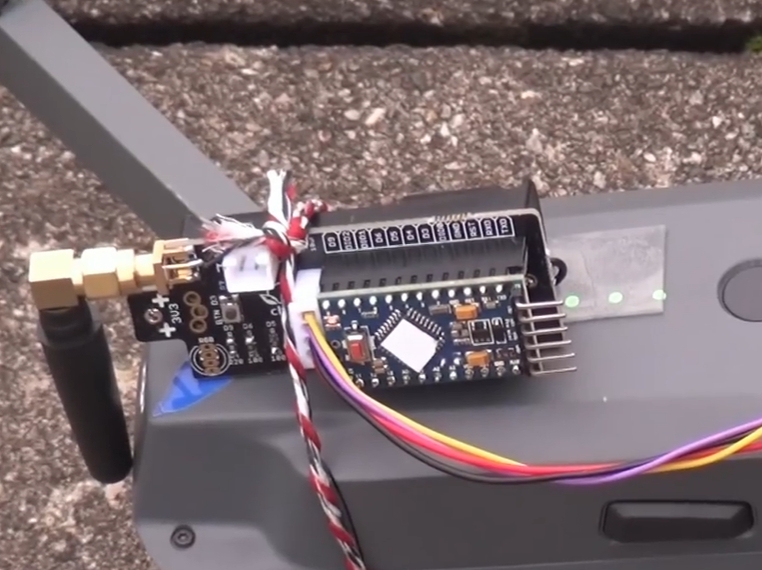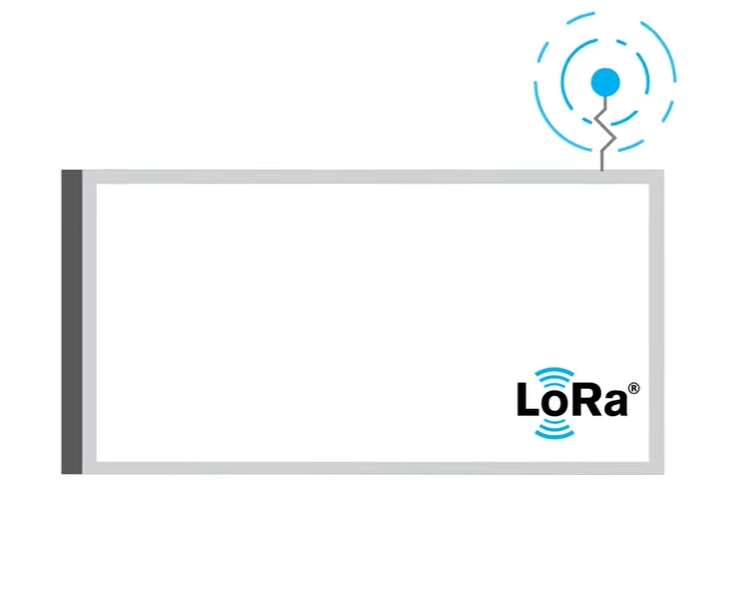
What is the LoRa Point-to-Point Module in the Internet of Things?
In the Internet of Things, the LoRa point-to-point module is a low-power, long-range wireless communication module based on the LoRa technology, which is mainly used to achieve direct communication between two or more devices without going through a central control node or a complex network architecture.
The following is a detailed introduction to the LoRa point-to-point module, including technical introduction, prospect advantages, development needs, application scenarios and product cases.
Technical Introduction
LoRa Technology:
LoRa (Long Range) technology was developed by Semtech and is a physical layer technology specifically used for long-range, low-power wireless communication. It uses spread spectrum modulation technology to enhance the signal’s anti-interference and transmission distance by reducing the data transmission rate and increasing the signal bandwidth. LoRa technology is particularly suitable for Internet of Things applications because it can achieve low-power data transmission over a long distance, thereby extending the service life of the device and reducing maintenance costs.

LoRa Point-to-Point Module:
The LoRa point-to-point module is a wireless communication module that applies LoRa technology, which is mainly used to achieve direct communication between two LoRa modules.
This module usually has the characteristics of low power consumption, high receiving sensitivity, strong anti-interference, and supports data encryption transmission to ensure the security of communication. In practical applications, LoRa point-to-point modules can be easily embedded in various IoT devices to achieve direct communication and data transmission between devices.

Prospects and advantages
Long-distance communication:
LoRa technology can achieve a communication distance of several kilometers to tens of kilometers, which makes LoRa point-to-point modules have significant advantages in long-distance communication scenarios.
Low power consumption:
LoRa modules adopt low-power design, which can greatly extend battery power supply time and reduce equipment maintenance costs.
Strong anti-interference ability:
LoRa technology adopts spread spectrum modulation technology to enhance the anti-interference ability of signals and improve the reliability and stability of communication.
High cost-effectiveness:
Compared with other communication technologies, the hardware cost of LoRa technology is relatively low, making LoRa point-to-point modules more economical in large-scale IoT deployment.
Data security:
LoRa point-to-point modules support data encryption transmission, provide a secure communication mechanism, and ensure the security and confidentiality of data during transmission.

Development needs
With the continuous development and popularization of IoT technology, the demand for low-power, long-distance, and low-cost wireless communication technology is increasing.
With its unique advantages, LoRa point-to-point modules have broad development prospects in the field of IoT.
In the future, with the continuous expansion and deepening of IoT application scenarios, the demand for LoRa point-to-point modules will further increase.
At the same time, in order to meet the needs of different application scenarios, the technology of LoRa point-to-point modules will continue to upgrade and improve.
Application scenarios
The application scenarios of LoRa point-to-point modules in the Internet of Things are very extensive, mainly including but not limited to the following aspects:
Smart meter reading:
Through LoRa point-to-point modules, remote data collection and transmission of equipment such as electricity meters and water meters are realized to improve work efficiency and management level.
Environmental monitoring:
In scenarios such as air quality monitoring and water quality monitoring, LoRa point-to-point modules are used to realize remote transmission and real-time monitoring of sensor data.
Smart agriculture:
In the agricultural field, LoRa point-to-point modules can be used to monitor environmental parameters such as soil moisture and temperature, helping farmers to achieve refined management.
Smart City:
In scenarios such as smart parking and smart lighting, LoRa point-to-point modules are used to achieve device interconnection and data transmission.
Industrial Automation:
In the field of industrial automation, LoRa point-to-point modules can be used for remote monitoring and data collection of equipment status, improving production efficiency and equipment maintenance level.
Product Cases
Point-to-point LoRa module product case:
USR-LG206-L-P point-to-point LoRa module supports UART to LoRa data transmission function, with a transmission distance of up to 3500 meters, and has the characteristics of low power consumption, high receiving sensitivity, and strong anti-interference. USR-LG206-L-P products have been widely used in smart meter reading, environmental monitoring, smart agriculture and other fields, and have achieved good application results. For example, in the field of smart agriculture, the module is used in the soil moisture monitoring system to realize real-time monitoring and data transmission of farmland soil moisture, helping farmers to better understand the farmland conditions and improve the yield and quality of crops.
In summary, LoRa point-to-point modules have broad application prospects and unique advantages in the Internet of Things. With the continuous development and popularization of IoT technology, LoRa point-to-point modules will play an important role in more fields and make positive contributions to building a smarter and more efficient society.
LoRa Point-to-Point Module FAQs
Long-distance communication: LoRa technology is able to achieve communication distances of several kilometers in urban environments, and even tens of kilometers in suburban or rural areas.
Low Power Consumption: Designed to run on battery-powered devices for extended periods of time, significantly extending the life of your device.
Strong anti-interference: Using direct sequence spread spectrum (DSSS) technology to improve the signal’s anti-interference ability and receiving sensitivity.
Easy to deploy: Supports multiple networking forms, such as point-to-point, star, tree, etc., simplifying the deployment and management of large-scale IoT networks.
Environmental factors: For example, the ground absorbs and reflects radio waves, and the test effect is poor close to the ground; when there are straight-line communication obstacles, the communication distance will be attenuated; there are metal objects near the antenna or placed in a metal shell, and the signal attenuation is serious; Seawater has a strong ability to absorb radio waves, and the test results at the seaside are poor.
Equipment factors: such as low power supply voltage, wrong power register setting, too high air rate setting, poor matching between antenna and module, or antenna quality issues, etc.
External interference: such as temperature, humidity, co-channel interference, etc.
Optimize antenna selection and installation to ensure that the antenna matches the module and is kept away from metal objects and sources of electromagnetic interference.
Check the power supply to ensure that the voltage is stable within the recommended supply voltage.
Adjust power register and air rate settings to balance transmission distance and power consumption.
Try to avoid using it in complex environments (such as high-rise urban areas) to reduce signal attenuation.
LoRa point-to-point modules usually communicate with other LoRa devices wirelessly. In point-to-point communication, two LoRa modules exchange data directly without the need for a central control node.
If you need to communicate with other types of devices (such as Wi-Fi, Bluetooth, etc.), you may need to perform protocol conversion and data forwarding through a gateway or other intermediate device.
Smart Home: Used to remotely control home appliances, security alarms, etc.
Industrial Monitoring: Monitor equipment status, environmental parameters, etc. on the production line.
Environmental Monitoring: Monitor environmental parameters such as air quality, water quality, soil moisture, etc.
Agricultural Automation: for smart irrigation, livestock tracking, etc.
IoT Cloud Platform
IoT Cloud Platform (blog.iotcloudplatform.com) is an IoT technology blog website created by a Chinese IoT advertising company, focusing on providing professional IoT knowledge answers and IoT product selection solutions for customers in the IoT industry.
The IoT Cloud Platform always adheres to the correctness and professionalism of information. If you are an IoT company or an expert in the field of IoT technology, you can consult me, contribute to our website, and publish your own IoT technology views and IoT technology experiences.
The IoT Cloud Platform provides high-value IOT technology knowledge to users around the world.



